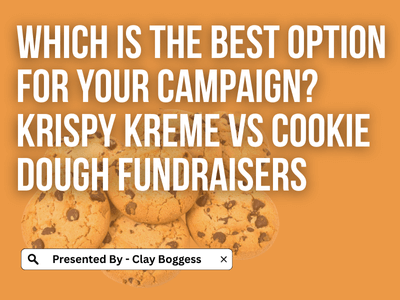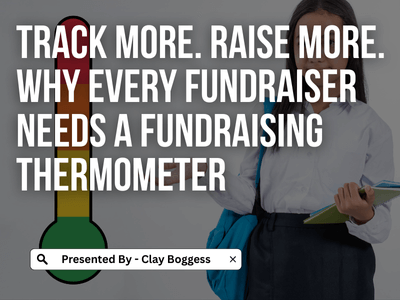
Learn three sales metrics you should be using.
School fundraising’s small-scale focus doesn’t mean you can’t employ the same analysis as industry-leading fundraisers. Year over year, collecting and evaluating data can help you make significant gains in money raised for your school.
To help explain how these critical metrics work, we’ll walk you through a fictional example.
Imagine it’s November at Happy Valley Elementary School. Students have just participated in a two-week fall brochure fundraiser, and volunteers are working hard to get money counted and orders processed. The fundraising committee has sheets of numbers and data. Still, as most parents are new, they don’t know what’s important to look at to evaluate the fundraiser and determine what changes to make going into their fundraiser next year.
Year Over Year Changes
Fundraising records at Happy Valley aren’t in the most excellent shape, but the committee at least knows what they’ve raised year after year and about how many students participated. These numbers become more meaningful when analyzed as a trend in context.
Happy Valley could benefit by putting these numbers into context by plotting the year-over-year growth (or decline) in a simple line chart. They’ll be able to tell if profits are generally moving up or down over time without relying on a gut check to know for sure. They’ll also be able to tell the rate of this change by how steep the trendline is.
Furthermore, the committee can plot different annual metrics alongside one another on the same chart to analyze trends in different areas. This will help them see how specific tweaks in fundraising have affected the overall performance.
Sales Volume
School fundraising at Happy Valley has been stagnant for a couple of years. They’re coming in shy of their goal, despite feeling like they’ve picked reasonably priced quality items with a kitchenware brochure. Volume might be the key for Happy Valley to reach new levels of fundraising success.
Money earned from school fundraising is calculated by multiplying the net profit by the number of units sold. Happy Valley doesn’t think the price point is an issue, but it’s possible that choosing a slightly less expensive item could raise their profits by encouraging more purchases. If the volume increases enough, it can compensate for the slight price decrease.
Happy Valley’s premium kitchenware offerings are undoubtedly appealing. Still, since they’ve been stuck at their current fundraising level, they should also see if the number of items sold has been relatively stagnant. If it has, they can consider options like:
- Choosing cheaper products encourages more purchases.
- Set incentives based on the number of items sold.
- Extend the duration of the fundraiser.
These tactics may help move volume—and profits—upward.
Participation
School fundraising programs rely on a “student sales force” to succeed. Happy Valley has also noticed that between 50 and 60 percent of students participate annually. They’ve been running a traditional prize program where students get gadgets with points earned from selling items, and they do some pizza parties for the classes that sell the most.
Happy Valley has the potential to unlock the power of participation. Consider that currently, 350 of their 800 students are actively fundraising. The average student earns about $120 in profits. Their current earnings are around $42,000. But imagine if Happy Valley increased its participation by just 10 percent. They’d earn $4,200 more annually, which can go a long way in meeting critical needs in the classroom.
Getting more students involved in selling is often overlooked because fundraising leadership is unsure of how to encourage participation without adding to overhead costs. One powerful solution is to consider an event-based prize program that allows many more students to celebrate their success with lower item requirements that encourage participation. Programs like these can result in a 300% sales increase through the exponential power of increasing participants.
Author Bio
Clay Boggess has been designing fundraising programs for schools and various nonprofit organizations throughout the US since 1999. He’s helped administrators, teachers, and outside support entities such as PTAs and PTOs raise millions of dollars. Clay is an owner and partner at Big Fundraising Ideas.



